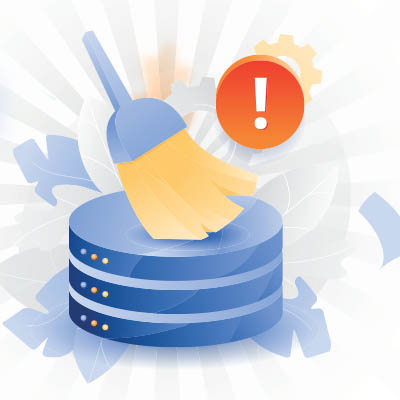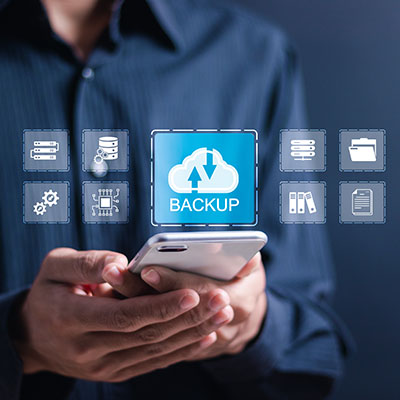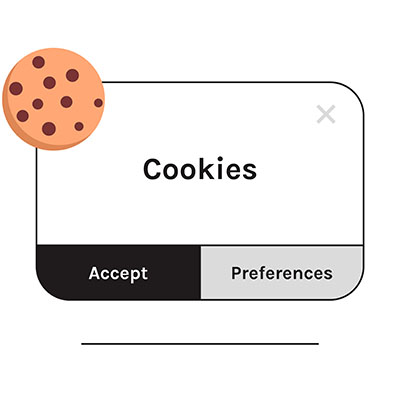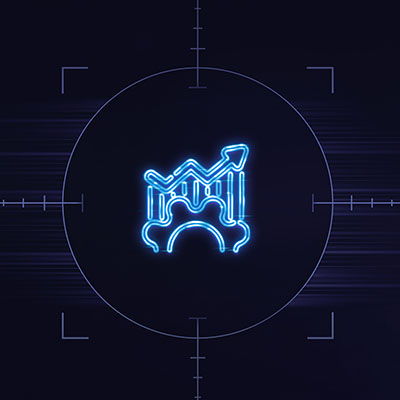Businesses are constantly seeking the best ways to utilize their data. Whether developing a business intelligence strategy, integrating artificial intelligence, or conducting simple analytics, having accurate and reliable data is crucial. Without it, insights can be misleading and costly. Therefore, understanding how to scrub or clean your data is essential. Clean data is vital for anyone involved in business intelligence or AI. Today, we will explore this topic and provide a simple guide to get you started.
You may have noticed the recent attempts by Google to provide AI-generated answers to your queries. You might not immediately understand why AI is such a prevalent thing in arbitrary technology like search engines, but we assure you that there is a good reason for it—a better user experience—even if it does come with mixed results.
When disaster strikes your business, it can cause a lot of problems; and many of them aren’t a direct result of the disaster itself. It’s for this reason it’s important to prepare your technology for a potential disaster. Here are four of the best ways to get your technology ready.
Making decisions is a big part of running a business, but relying solely on gut feelings can sometimes backfire. Back-end analysis allows business owners to gain insights they might not have considered. This can lead to more money through better sales, customer relationships, and efficiency. In today’s blog, we’ll discuss how AI enhances business intelligence.
If you want your business to thrive, then you need to set goals that allow it to do so. Today, we want to explore a framework for goal setting that your business can benefit from: the SMART goal framework.
Unfortunately, we have yet another reason to reflect on the importance of data backup, disaster recovery, and business continuity for organizations everywhere. A week ago today, Hurricane Beryl made landfall in Texas, downgrading to a tropical storm, but only after it had already caused estimated damages totaling over $5 million amongst the islands of middle America.
Without much fanfare, the AI Wars have commenced. This isn’t just a metaphor; it’s a true battle for the future of tools aimed at enhancing human productivity. This war for market share will shape the next age of modern computing.
AI might be able to pull off some crazy things, but it’s far from perfect. Depending on the service or solution, it can dramatically increase your output or change your workflow for the better. If you’re not up-to-snuff with your Photoshop skills, you can rely on AI to help you fill in the gaps, both literally and figuratively, in your photo editing skills.
When someone mentions cookies, people usually think of delicious treats like gingersnaps, snowballs, or the world famous chocolate chip. But what about browser cookies? While they may not be tasty, they certainly deserve your attention. You’ve likely encountered website popups asking for cookie permissions, and understanding what you’re agreeing to is crucial. In today’s blog, we’ll explain what browser cookies are, how they work, and why they are sometimes more beneficial than the sweet kind..
For modern businesses, staying as efficient as possible is mandatory for optimal productivity. By eliminating inefficiencies, small businesses can stay competitive. One effective strategy is to streamline processes through implementing tools that fuel automation.










